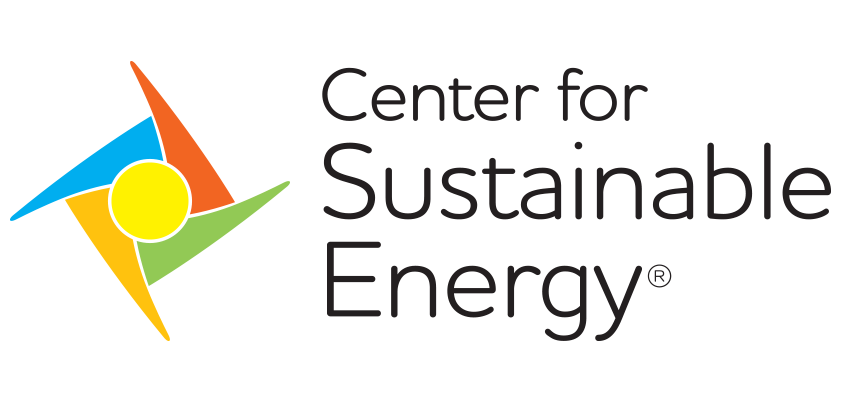Two Types of Coordinated Administration Needed for Solar for All Success

The federal investment of $7 billion in Solar for All (SFA) programs is significant, but not enough to meet the needs for solar and energy storage projects in low-income communities nationwide.
That’s why a key goal of SFA is to leverage other public programs and private capital to expand the impact. Solar for All aims to turn each federal dollar into seven dollars of private investment over the next five to seven years, potentially increasing available capital to $50 billion.
To accomplish this, it’s essential to recognize that there are two types of program administration: project installation and project financing. Additionally, as SFA awardees finalize their program work plans and refine their budgets in preparation for launch in 2025, it is critical to ensure that these two types of administration are rigorously and seamlessly working together.
Installation and financing require close coordination
Project installation administration encompasses contractor training, consumer education, permitting, engineering review, utility coordination, income verification, quality assurance and compliance review. Installation project administrators must effectively manage these tasks in collaboration with local partners to ensure a seamless process, which can be challenging given the numerous hand-offs between different parties involved.
Project financing administration involves developing and managing financing tools and loan products, including underwriting, structuring, closing, servicing and monitoring loans. In low-income markets, where traditional financing options may be limited or unavailable, it’s crucial to design accessible, affordable and tailored financing mechanisms for the target population.
Close collaboration between installation and financing is essential to meet the program’s goals of reducing household energy bills, increasing energy resilience, decreasing carbon emissions and creating new jobs. Such teamwork ensures residents not only receive solar, but also benefit from complementary measures, such as roof repairs, electric panel upgrades, energy efficiency and heat pumps, that increase consumers’ savings and further reduce emissions.
Center for Sustainable Energy, which is part of the administration team for California’s Solar on Multifamily Affordable Housing Program, the nation’s largest statewide solar equity program, recommends the following steps to begin aligning project installation and project financing for Solar for All programs.
1. Identify additional government funding sources to maximize program impact
A key element of work planning should be to identify all relevant federal, state and utility program funds and financing options, along with details such as requirements and time frames for each offering.
As a starting point, SFA funds may be combined with resources from the following programs:
- U.S. Department of Energy’s Weatherization Assistance Program, which can be used for roof repairs and electric work that also prepare homes for solar installations.
- U.S. Department of Health and Human Services’ Low Income Home Energy Assistance Program (LIHEAP), which can help low-income residents pay for community solar subscriptions.
- Federal investment tax credits – that can cover up to 70% of a solar project’s cost, making solar and energy efficiency measures even more affordable for low-income residents.
- Federally funded state Home Energy Rebate and Home Electrification and Appliance Rebate programs.
- Other state, local and utility programs such as efficiency rebates, clean or renewable energy tax credits or net metering, which can further reduce the consumers’ total project cost.
2. Mobilize private capital through nontraditional financial institutions
In low-income markets, residents might have a poor credit history or none at all. They may be hesitant to take on debt, even for a clean energy project that offers long-term savings and stabilizes their energy bills. To overcome these challenges, it’s crucial to design accessible, affordable and tailored financing mechanisms for the target population.
Financial institutions like green banks, credit unions or community development financial institutions can provide affordable financing options in low-income communities by mobilizing private capital through revolving loan funds, loan guarantees, tax equity financing and other mechanisms not typically offered by traditional financiers.
The Connecticut Green Bank, the nation’s first state-level green bank, has used $322 million, primarily from a state ratepayer fund, to attract nearly $2 billion in private investment since 2011 – a one-to-seven ratio. Its tools include a loan fund to promote residential solar installations in low-income communities, a bond program to promote solar deployment and a credit enhancement reserve that allows local lenders to provide low-interest loans to homeowners for energy efficiency upgrades.
3. Manage the SFA project installation and financing nexus
To comply with SFA’s regulations and reporting requirements, awardees will need ongoing coordination between project installation and project financing. Key steps include:
- Outline all available resources in your area.
In addition to the examples of federal programs and private financing options mentioned here, identify opportunities and requirements for additional resources from local lenders, electric utilities, and state tax credits and programs.
- Develop a timeline and process flow.
Clear roles and responsibilities will help identify gaps and pinch points. As an example of process flow: consumer signs form, contractor submits project, project is pre-approved, loan process begins, etc. The flow may evolve over the program lifespan.
- Establish cross-functional teams.
These teams can streamline communication across and between multiple entities. Consideration of the unique language of each discipline is essential to avoid misunderstandings, especially when similar acronyms can have different meanings.
- Implement centralized tracking systems.
If appropriate, use software technologies for tracking project progress, ensuring compliance and monitoring financial disbursement.
- Regularly review metrics.
Creating and monitoring a metrics dashboard will help ensure installation milestones align with financing benchmarks.
A unique opportunity for innovation and collaboration
Solar for All presents a unique opportunity for innovation, collaboration and inclusion in the clean energy space. As SFA awardees develop requests for proposals for administration of SFA funds, it will be critical to ensure that the roles of project installation and financing tasks are clearly articulated. Bidders for work should be able to show their partnering capabilities.
By leveraging multiple funding sources, mobilizing private capital and effectively coordinating project installation and financing administration, SFA can be a transformative tool for advancing equity, resilience and climate justice.
Government employees can get a copy of our Solar for All Playbook for more tips on launching a successful solar equity program.
Download the playbook here.



